10 Sustainable Gardening Practices for a Greener Planet
We all want to try to reduce our carbon footprint in as many planet-safe ways as possible. No matter whether it is walking to work rather than driving, using solar panels to generate electricity, or even doing a lot more recycling, there are many ways to help make a greener planet and reduce global warming. But what about the garden? What gardening practices can be made to provide a healthier environment for the planet? In this article, we will explore 10 ideas about what you can do in your garden to provide sustainable garden practices for a greener planet.
1. Composting

Adding composting methods to your garden is a brilliant and effective way to help reduce organic waste and help to provide rich soil to your garden. Composting will help save your garden waste from being taken to a landfill and, therefore, will reduce greenhouse gas emissions as well. Try making your own compost and help cut down on the 0.1kg of fossil CO2 emissions that are made every day by the average car.
Turn your leftover garden waste into something useful for your plants and crops; you can even create worm compost from scratch if you fancy making your compost even more organic as well.
2. Water conservation

Conserving water is essential for sustaining a healthier garden. There are many activities that you can do to conserve and sustain water, including drip irrigation, mulching, collecting rainwater, or even watering in heavy doses infrequently, so that you do not have to drag out the watering can or hose every day.
At the same time, you should monitor the weather whilst doing this activity, especially with how unpredictable weather patterns and climate change can be. Checking up on weather changes online or on the news are great ways to stay ahead of the game and know when you should water your garden.
3. Add in native plants

Another way in which you can add sustainable gardening practices for a greener planet in your garden is by using native plants. Adding native plants to your garden will help to support local ecosystems as well as reduce the need for fertilizers, pesticides, and even watering. If you are unsure of what native plants to get, here are some examples:
- Marsh marigold
- Japanese knotweed
- Flowering rush
- Giant hogweed
- Himalayan balsam
- Yellow iris
- Purple loosestrife
- Elder
- Guelder-rose
Certain plants like the ones listed above can adjust and acclimatize themselves very well to the weather. With this in mind, they will also need less maintenance and intervention, and therefore help the ecology of your garden.
4. Planting cover crops
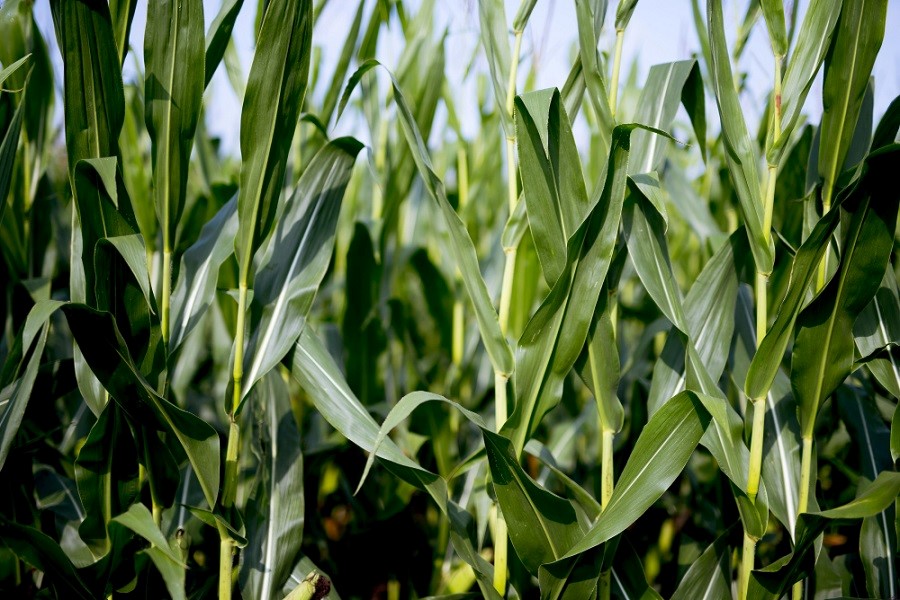
Because cover crops are explicitly planted to improve soil health and suppress weeds, you need to add these to your garden as a sustainable gardening practice. Cover crops also help to prevent soil erosion as well, as well as reduce carbon and the need to use chemical fertilizers. Here are some benefits that cover crops can bring to your garden.
- Soil growth: Cover crops will help to improve the health and overall growth of your soil. Add organic matter and nutrients to the soil to improve the soil structure and fertility and help to hold water capacity better.
- Weed suppression: This method will help to suppress weeds by out-competing them for light, water, and nutrients. This can help to reduce the need for herbicides and manual weeding, which can be time-consuming and labour-intensive.
- Erosion prevention: You can prevent erosion by protecting the soil from wind and water erosion, which can wash away valuable topsoil and nutrients.
- Pest and disease control: Some cover crops, such as marigolds, can help to control pests and diseases in the soil by releasing compounds that repel or kill harmful insects and pathogens.
- Biodiversity: This method will provide a pleasant habitat for beneficial insects and wildlife.
There are many common cover crops that you can add into your garden to improve sustainability, including:
- Legumes: These range from peas, clover, and beans. These legumes add nitrogen to the soil and improve soil structure.
- Grasses: From rye, wheat, and oats, these types of grasses help to suppress weeds, prevent erosion, and improve soil structure in your garden.
- Brassicas: Commonly known to include mustard, kale, and turnips, these brassicas can help to control pests, diseases, and improve soil fertility.
5. Integrated pest management (IPM)
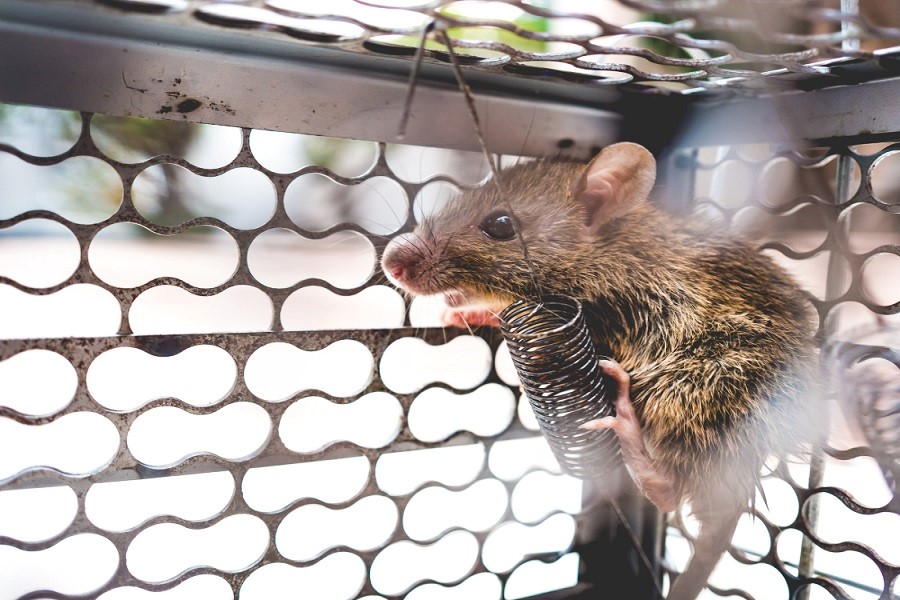
This method can be used to reduce the chances of pests and diseases causing problems in your garden. IPM will help to prevent the use of hazardous materials for getting rid of them, and instead provokes non-toxic methods. Using pesticides can cause problems for the environment as well as for pests, so opting for natural methods to get rid of pests is a far better solution. Such integrated pest management methods include:
- Growing crops that withstand pest attacks.
- Caulking cracks to keep out insects or rodents.
- Trapping methods or physical barriers to prevent pests from accessing your garden and its plants.
6. Companion planting
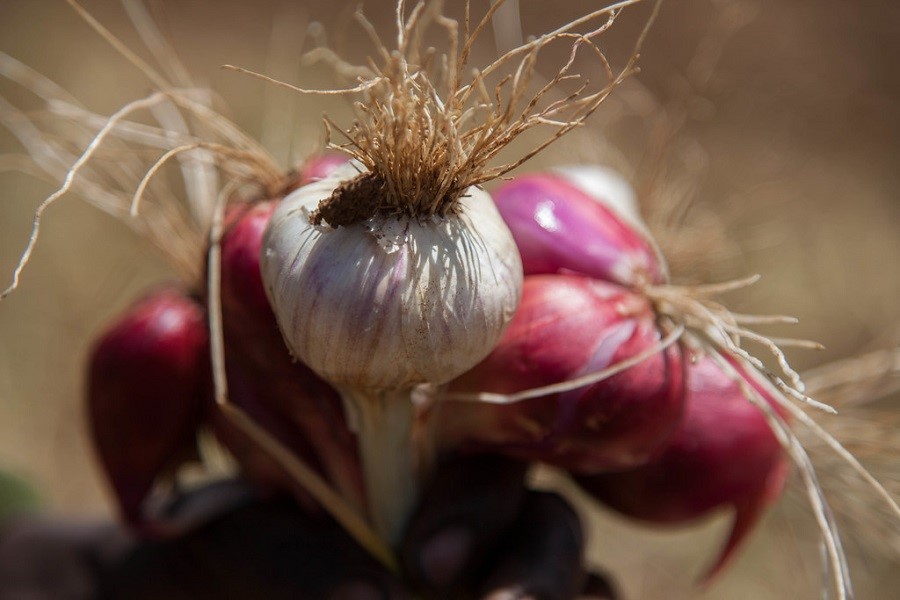
Companion planting should be provoked for all gardens in order to provide a more sustainable practice for a greener environment. Many plants work and grow better when planted alongside each other.
It is the perfect way to blend different crops together which will benefit each other in various ways, such as improving soil health, attracting creatures that will aid growth (e.g., bees), and reducing the chances of pest infections. Certain plants and vegetables, such as onions and garlic, release strong aromas which will repel pests as well.
7. Crop rotation
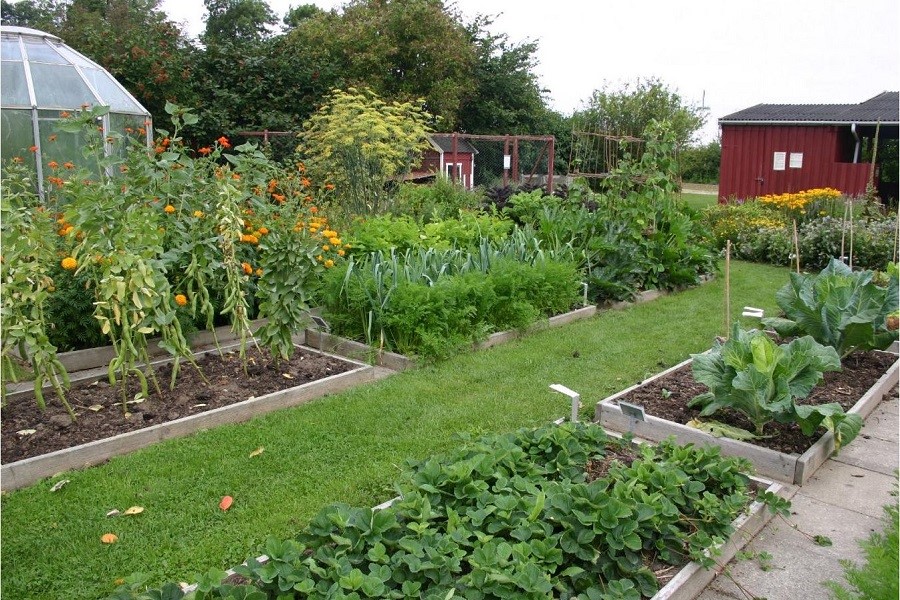
Using crop rotation is a perfect exercise for maintaining sustainability and keeping your garden better for a greener planet. Did you know that rotating crops around different areas of your garden will help to prevent soil-borne diseases and pests?!
This exercise will help to provide healthier soil and will reduce the need for you to use chemical fertilizers. You want to keep your soil lasting longer so that you do not have to renew it sooner, or use fertilizers to provoke growth, and following a crop rotation matrix will provide better care for your soil and how well the crops will yield over time.
Legumes, such as beans and peas will help to provide nitrogen in the soil, and brassicas including broccoli and cabbage, love nitrogen as well. Alternate these crop groups together to balance a healthy amount of nutrients within the soil.
Following a crop rotation will help control pests and diseases by breaking the life cycle of these problems, therefore decreasing the likelihood that they will cause problems.
Tomato plants, for example, are susceptible to certain soil-borne diseases, so to prevent this, you should avoid planting them in the same area throughout several seasons. Certain websites also recommend following a four-year crop rotation plan to regulate your crop growth and prevent any problems.
8. Homes for wildlife
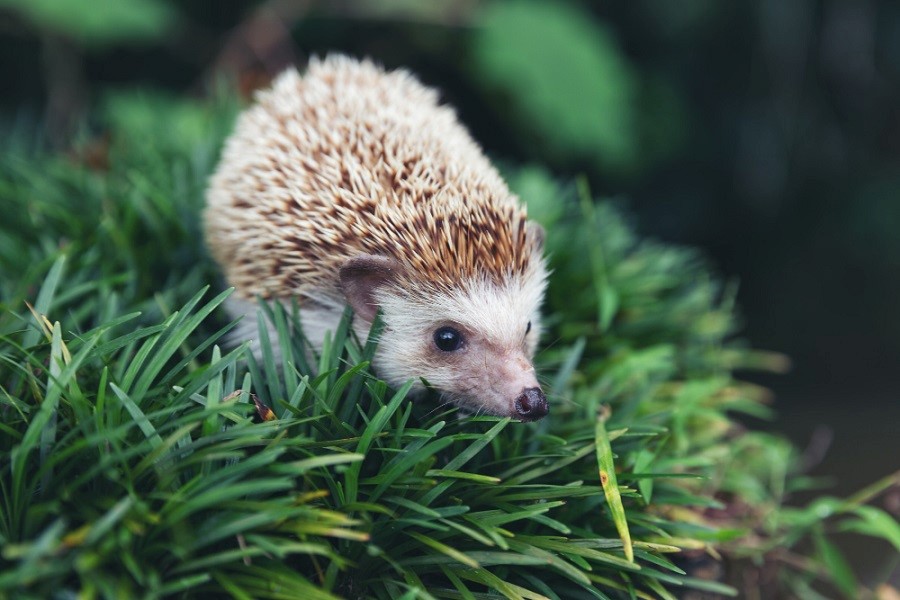
Adding shelter and a home for many wildlife animals in your garden will give them a helping hand, simply by recycling unused items and turning them into a shelter for hedgehogs, birds and more. Yes, you can also buy these shelters from a store, but crafting them yourself will save carbon emissions, as well as giving yourself a DIY project towards doing something helpful for animals that need help.
When placing these in your garden, add them in areas that won’t be prone to the wind, and where your household pets will not be able to get close to them and distress the wildlife.
9. Grow your own food
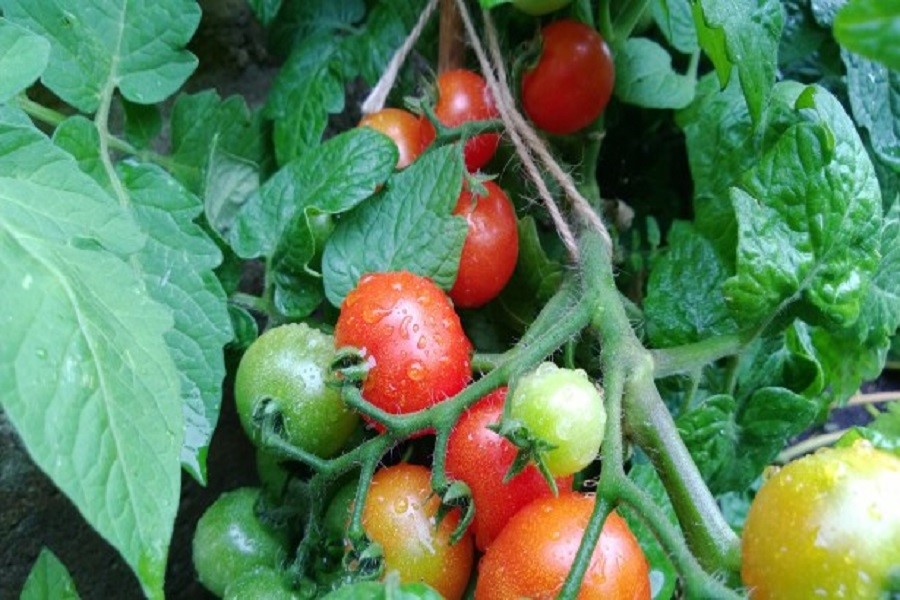
Growing your own food should be provoked for all gardeners, since it is a great and fulfilling exercise that will keep you occupied throughout the year. Not only is this a perfect practice for keeping the planet greener, but it has been proven that homegrown foods are better than shop-bought ones, especially since shop-bought fruit and veg have certain chemicals in that are not found in home grown produce.
You can even plant a tree in your garden that, with plenty of care and attention, will provide oranges, plums, and much more for you to add in your recipes as well.
10. Cut down on the lawn
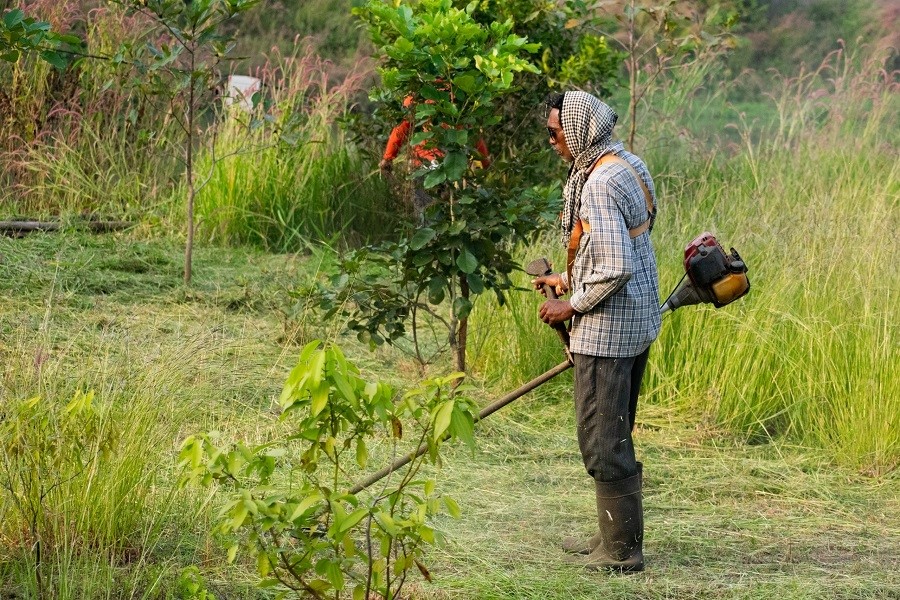
Having a lawn in your garden is all well and good; in fact, we applaud it. You may be wondering, how will cutting down on the lawn make your garden more sustainable for a greener planet? Well, bigger lawns need fertilizer and water to grow, and as previously stated in this article, we want to cut down on the use of water and fertilizer.
So, try adding in sustainable landscaping in order to reduce the amount of land for grass to grow in, and will therefore make your garden more low-maintenance too.
Alternatively, you can cut down on having to mow the lawn so much. Doing this will save you from having to use electricity with your mower or strimmer. As well as having to deal with climate change, water shortages, and drought can also have an effect on your garden.
Therefore, we recommend that you let nature take its course. Making your grass longer will also benefit the wildlife too and provide more pollination as well to help with the growth of other plants.
Suppose you wanted to add a patio alongside the smaller areas of your lawn. In that case, adding in teak Adirondack garden chairs will provide the right amount of comfort for you and your guests to enjoy your sustainable garden in tranquillity.
Start practicing sustainability in your garden now
With many options to choose from, even adopting one of these steps will surely begin your journey toward bringing more sustainability to your garden. In this ever-changing world where we are constantly trying to improve the planet and help the environment, we can always do something, no matter how small or large, and the garden is a perfect place to start.
Sources
PAN UK. (n.d.). Integrated Pest Management. [Accessed 22/03/23] Retrieved from https://www.pan-uk.org/integrated-pest-management/
Woodland Trust. (15th January, 2018). Environmentally friendly gardening: 10 top tips. [Accessed 22/03/23] Retrieved from: https://www.woodlandtrust.org.uk/blog/2018/01/environmentally-friendly-gardening-10-top-tips/
Allotment Garden. (n.d.). Four-Year Crop Rotation Plan. [Accessed 22/03/23] Retrieved from: https://www.allotment-garden.org/crop-rotation/four-year-crop-rotation-plan/
Garden Benches. (n.d.). Wooden Adirondack Garden Chairs. [Accessed 22/03/23] Retrieved from: https://www.gardenbenches.com/bench-type/wooden-adirondack-garden-chairs

